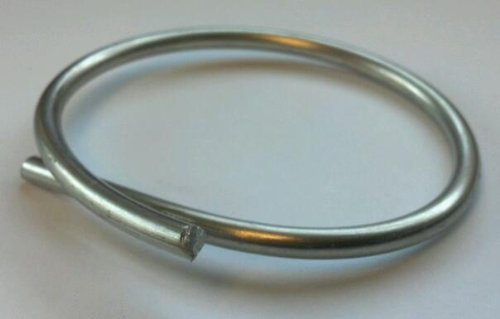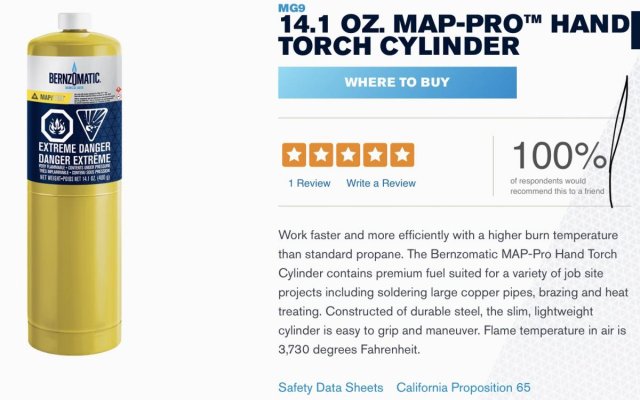eheffa,
ASTM A780 - 09 (Reapproved 2015) Standard Practice for Repair of Damaged and Uncoated Areas of Hot-Dip Galvanized Coatings has all the instructions you need.
I'd send you a copy but my IHS Engineering Workbench agreement will get me in trouble as all of the pages have security imbedded codes.
Annex A1 Repair Using Zinc-Based Alloys calls for wire brush affected area and the surrounding tightly adhered galvanized steel, preheat the metal at the area of repair to 600F, wire brush again while hot, rub the zinc solder on, let cool, remove the flux with a damp cloth, and mag pull-off gage to measure the thickness.
If you gob it on, just sand or file lightly to smooth (not a step, but I've seen it done)
You can buy the solder in Canada, but I work in industry. I'll see if I can find a retail source.
All but the thickness measurement can be done with hardware store tools and you can skip that step anyways...
GH41,
Is ASTM International internet shade tree kool-aid? I mean I did get it from my IHS Markit account, which is indeed internet based, so maybe...
As far as temperature goes, 600F is only brown red, so MAPP gas would be just fine.
How do you think field repairs are done to immovable objects?
Metallizing is great for larger areas, but mob/demob and environmental aspects are limiting and expensive.


